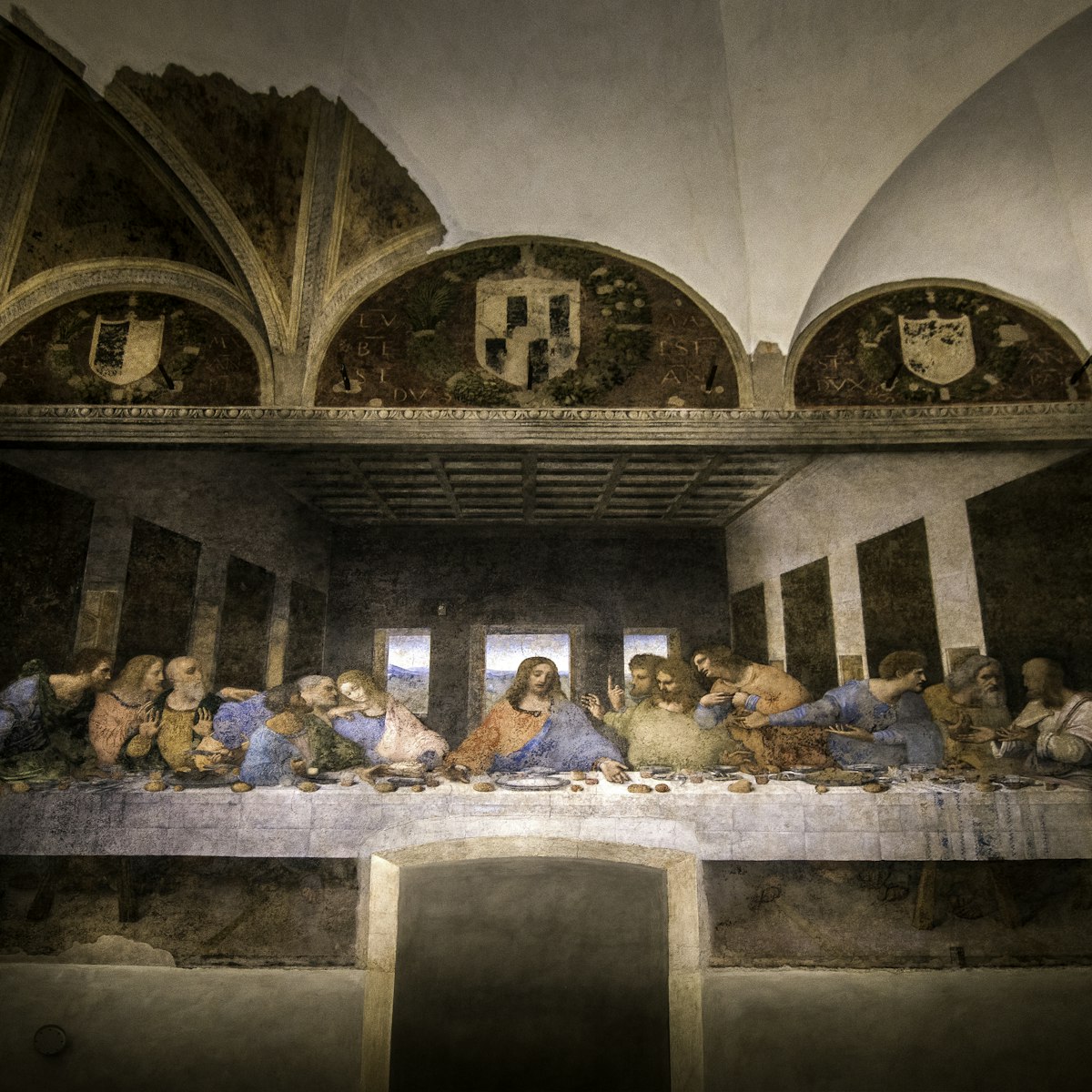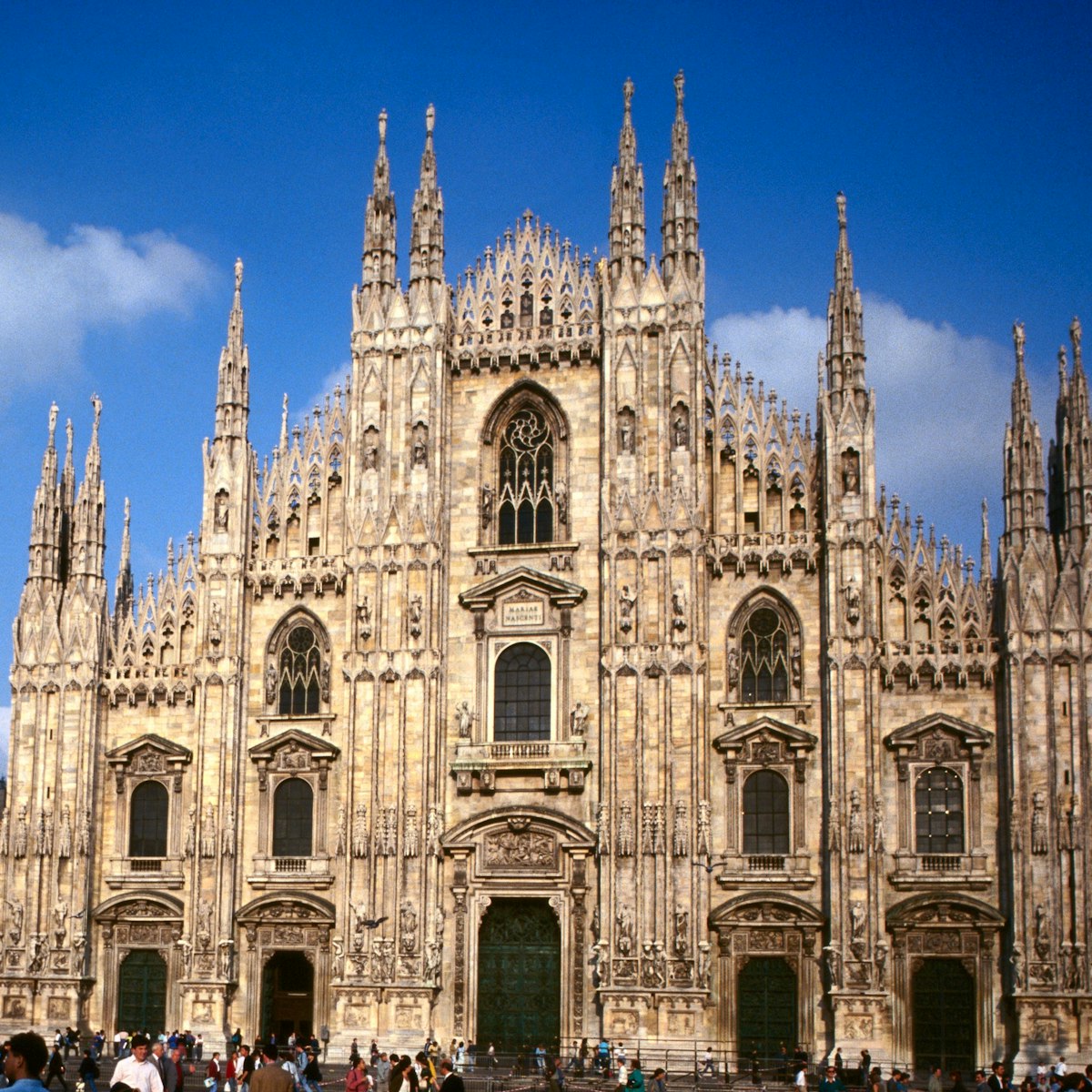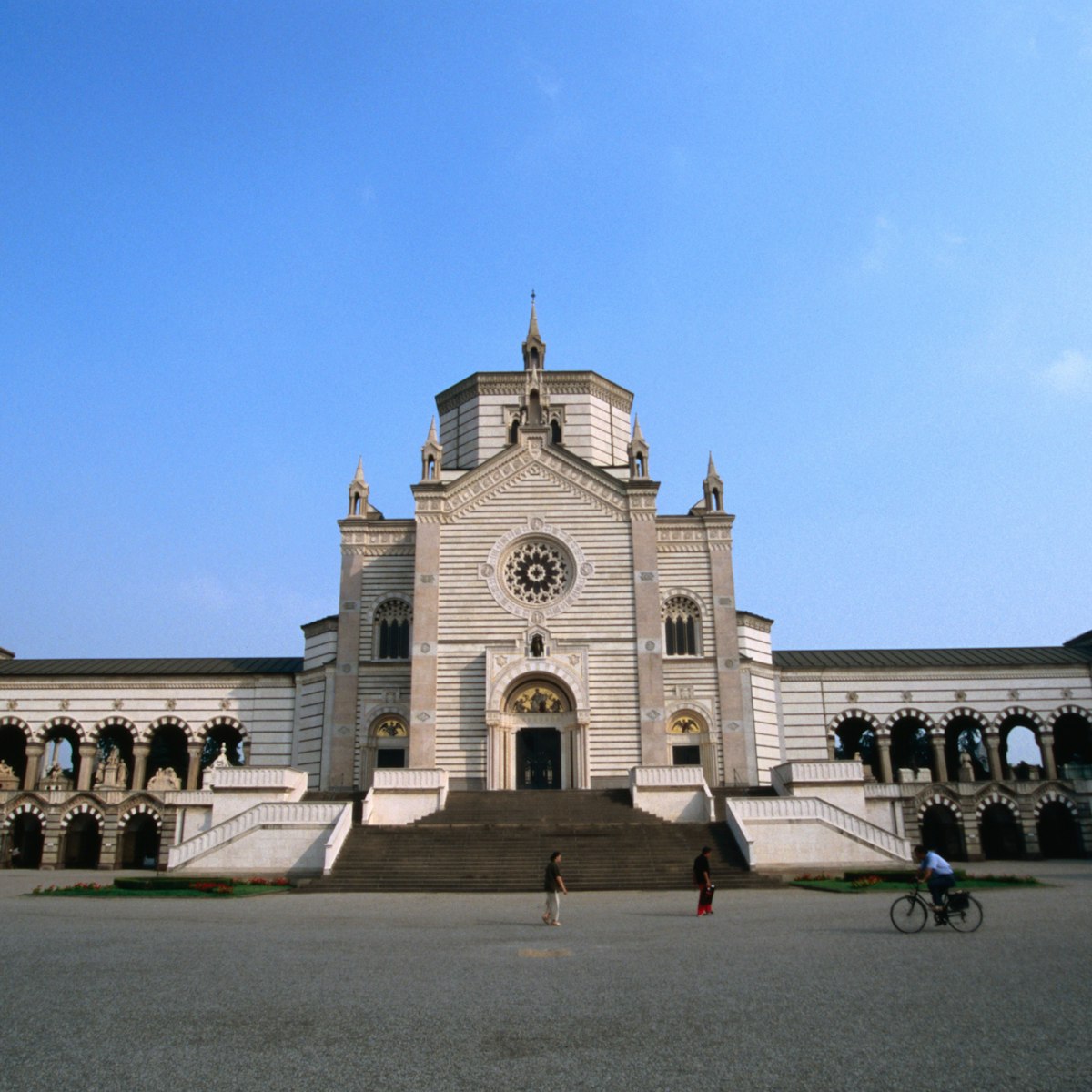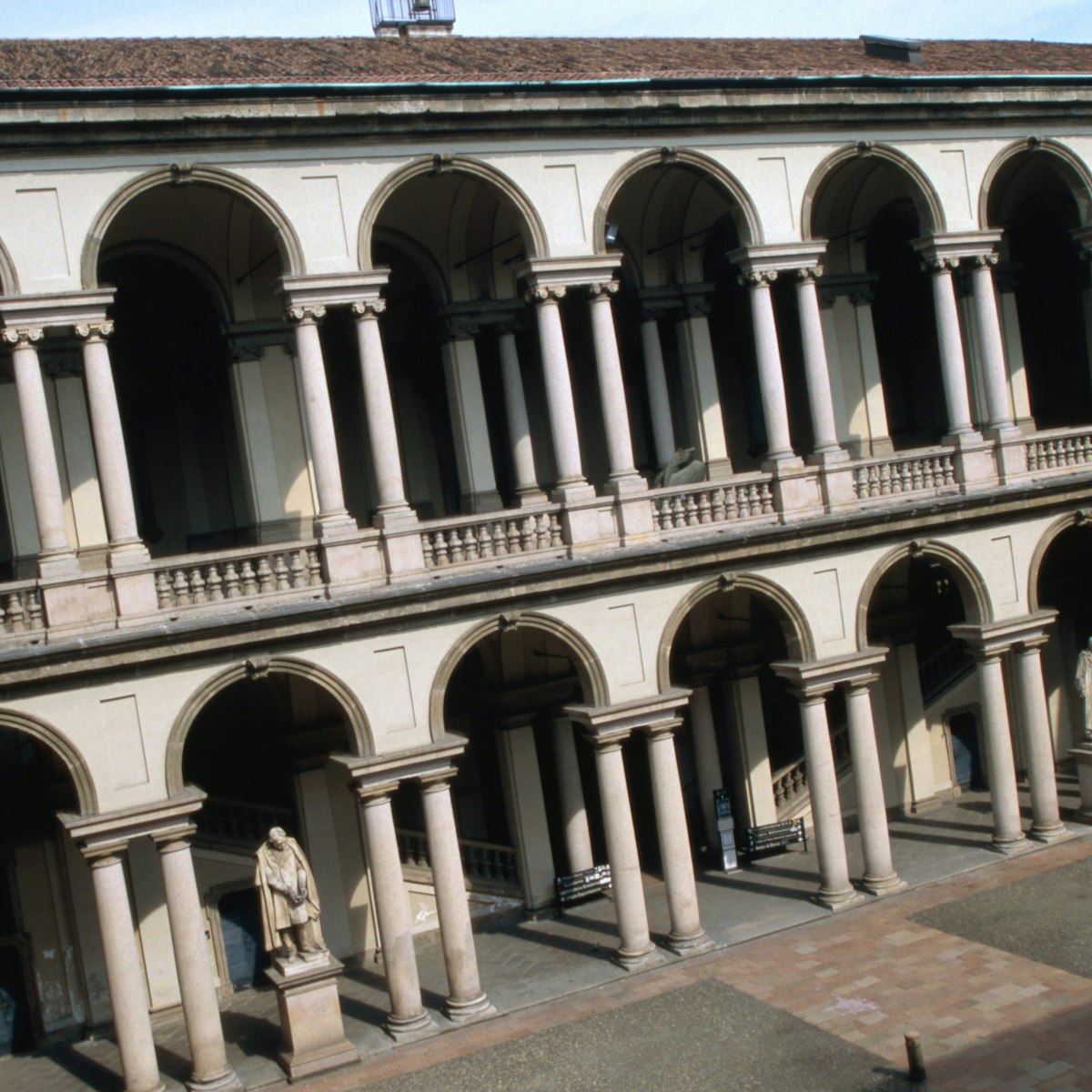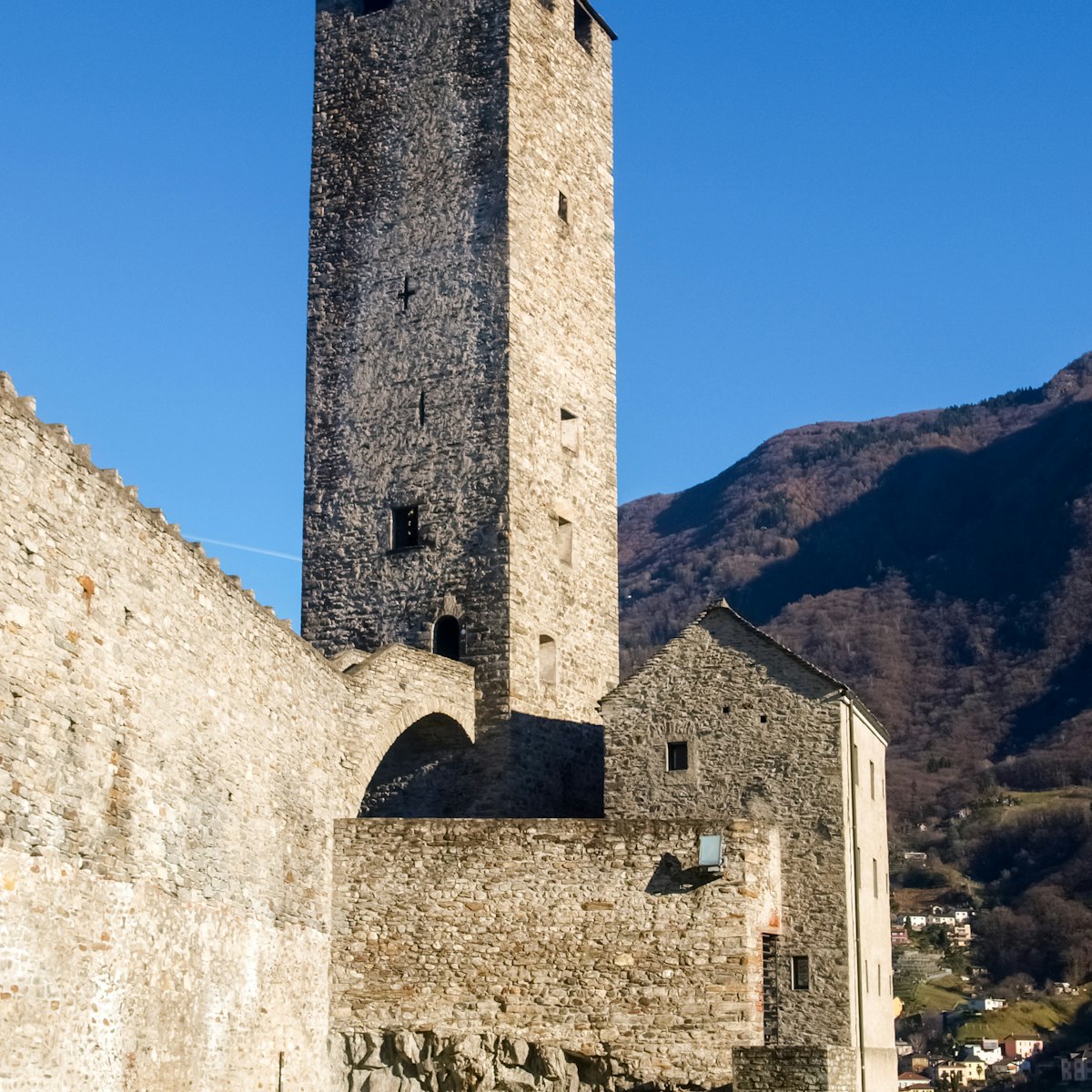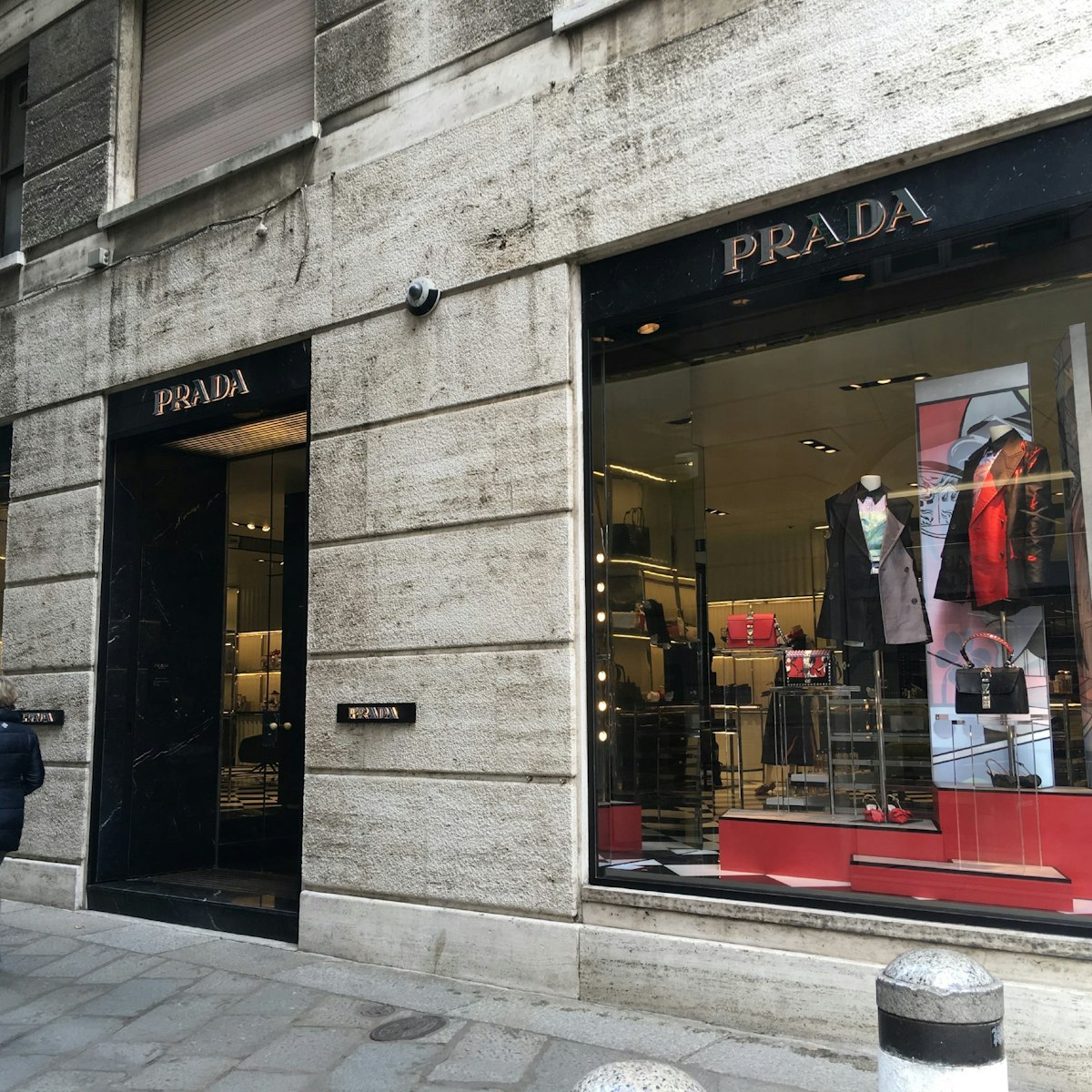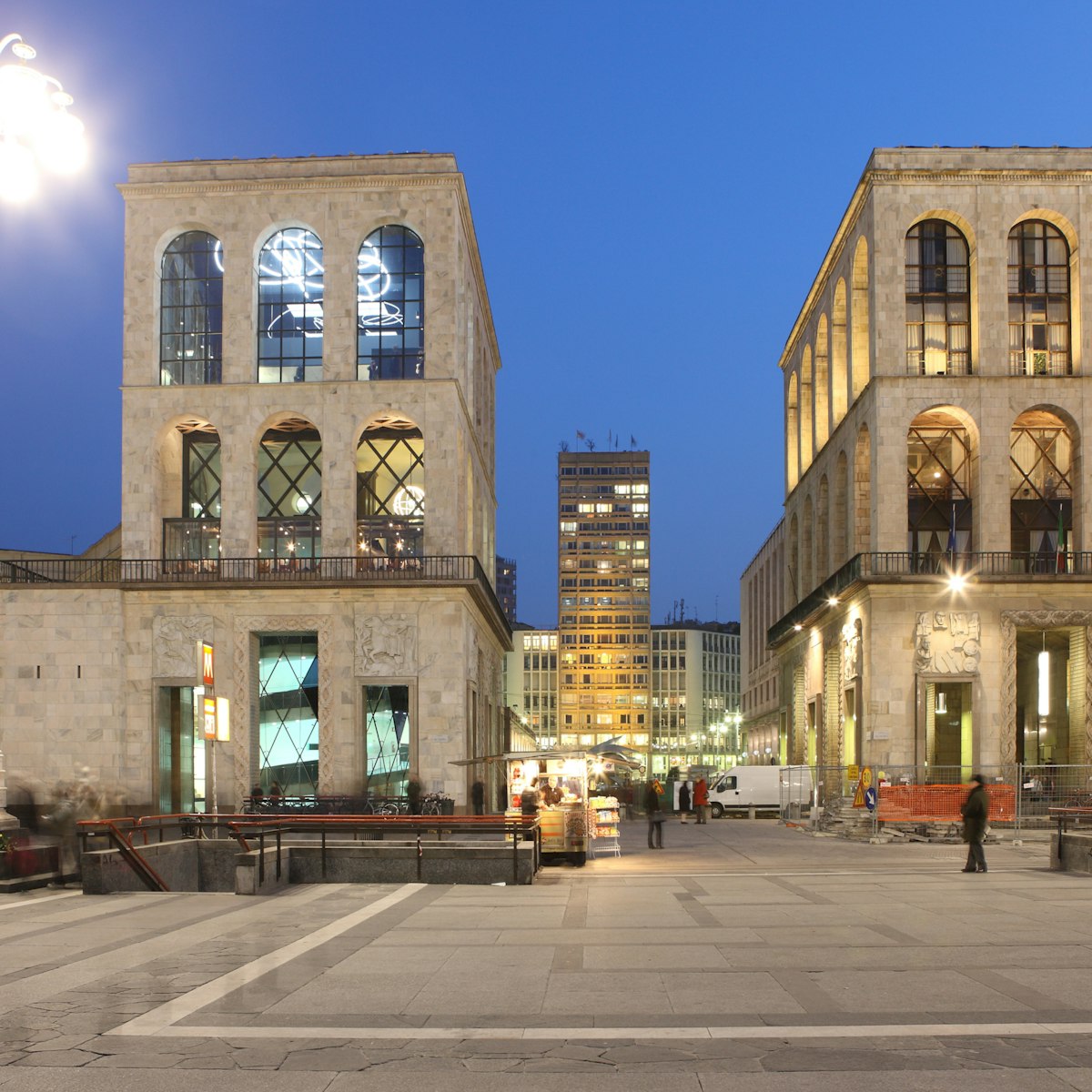About 500m south of Como’s city walls is this austere 11th-century Romanesque church, once the seat of a bishopric built on the orders of St Amantius of Como in order to house precious relics of no less than Sts Peter and Paul. The highlights are the soaring frescoes inside the apse that depict scenes from the life of Christ, from the Annunciation to his burial. The adjoining cloister is now home to a law faculty.
In August, the church celebrates it's patron saint with a week-long sagra (food festival). Tables loaded with lakeside specialities are set up in the adjacent park and comaschi families come for a convivial lunch. It's a great slice of local life.
